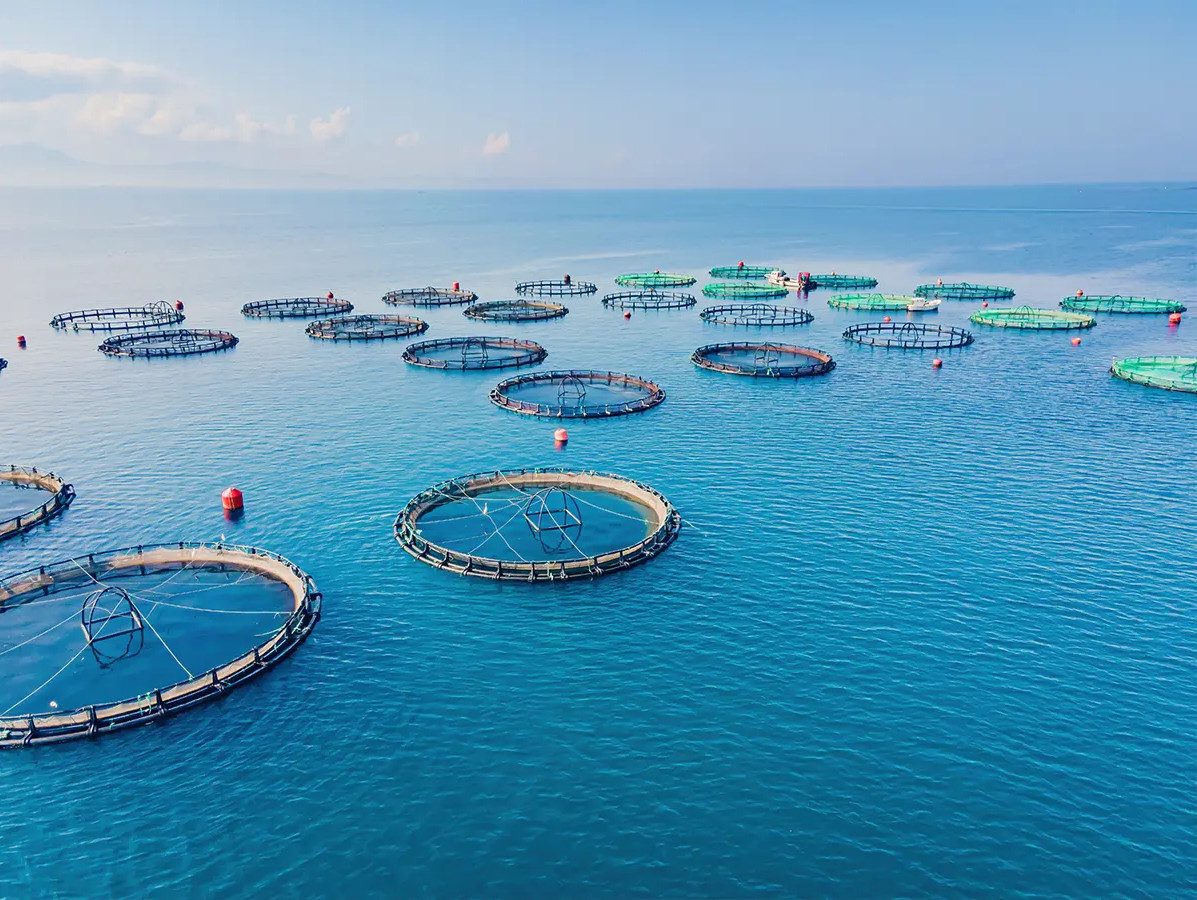
The aquaculture industry is growing rapidly. To feed all those fish, a lot of fish feed is required. This feed is often made from wild fish that are specifically caught to be processed into fishmeal and fish oil. But how sustainable is this practice?
New research shows that more wild fish are needed to feed farmed fish than we previously thought. Instead of the expected ratio of 0.28 kilos of wild fish for every kilo of farmed fish, the actual figure ranges between 0.36 and 1.15 kilos. This sometimes means more wild fish goes into the process than the amount of farmed fish produced! This raises questions about the true sustainability of aquaculture, especially as these farmed fish are often sold in luxury markets.
A large portion of wild fish comes from so-called reduction fisheries. These are fisheries that target small species like anchovies and sardines, not for human consumption but to make fish feed. Around 70% of these caught fish go to the aquaculture industry. This has a significant impact on marine life, reducing food availability for animals like seabirds and marine mammals. In addition, more and more nutrient-rich fish species are being taken from poorer countries to feed farmed fish destined for high-end markets.
To determine exactly how much wild fish is needed for aquaculture, researchers use the fish-in (FI) metric. This method calculates how much wild fish is required to produce one kilo of farmed fish. The research highlights that there is a lot of uncertainty surrounding this ratio. There are various ways to calculate how much fish is used, and bycatch or discarded parts of caught fish, such as trimmings, are not always accurately included in these calculations.
In summary, it appears that we have long underestimated the impact of aquaculture on wild fish populations. Pressure on both the sea and the land is increasing, and we may need to rethink just how sustainable farmed fish truly are.
The study was conducted by a team of scientists, including Spencer Roberts, Jennifer Jacquet, Patricia Majluf, and Matthew N. Hayek, and was published in Science Advances on October 16, 2024.
Source: Science Advances